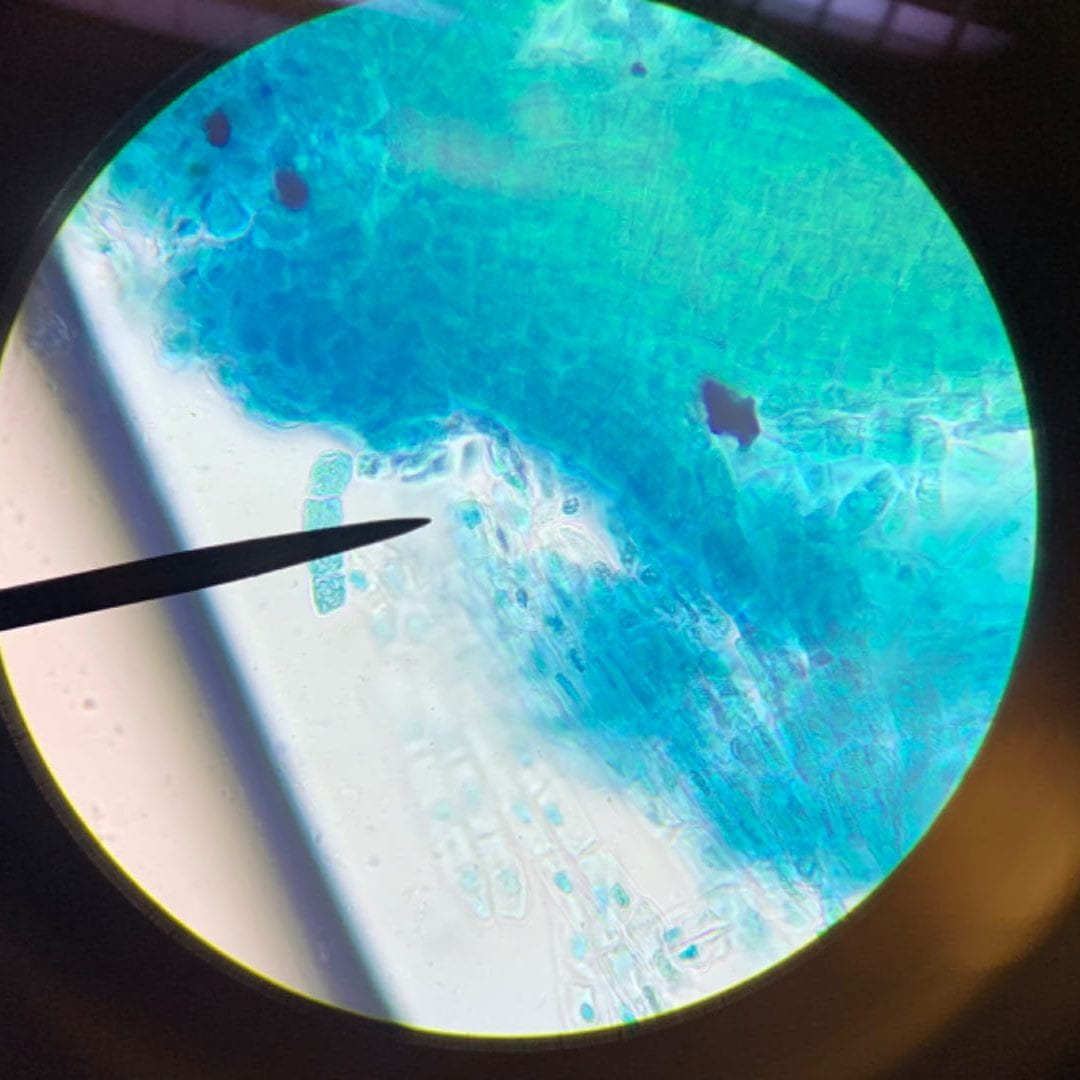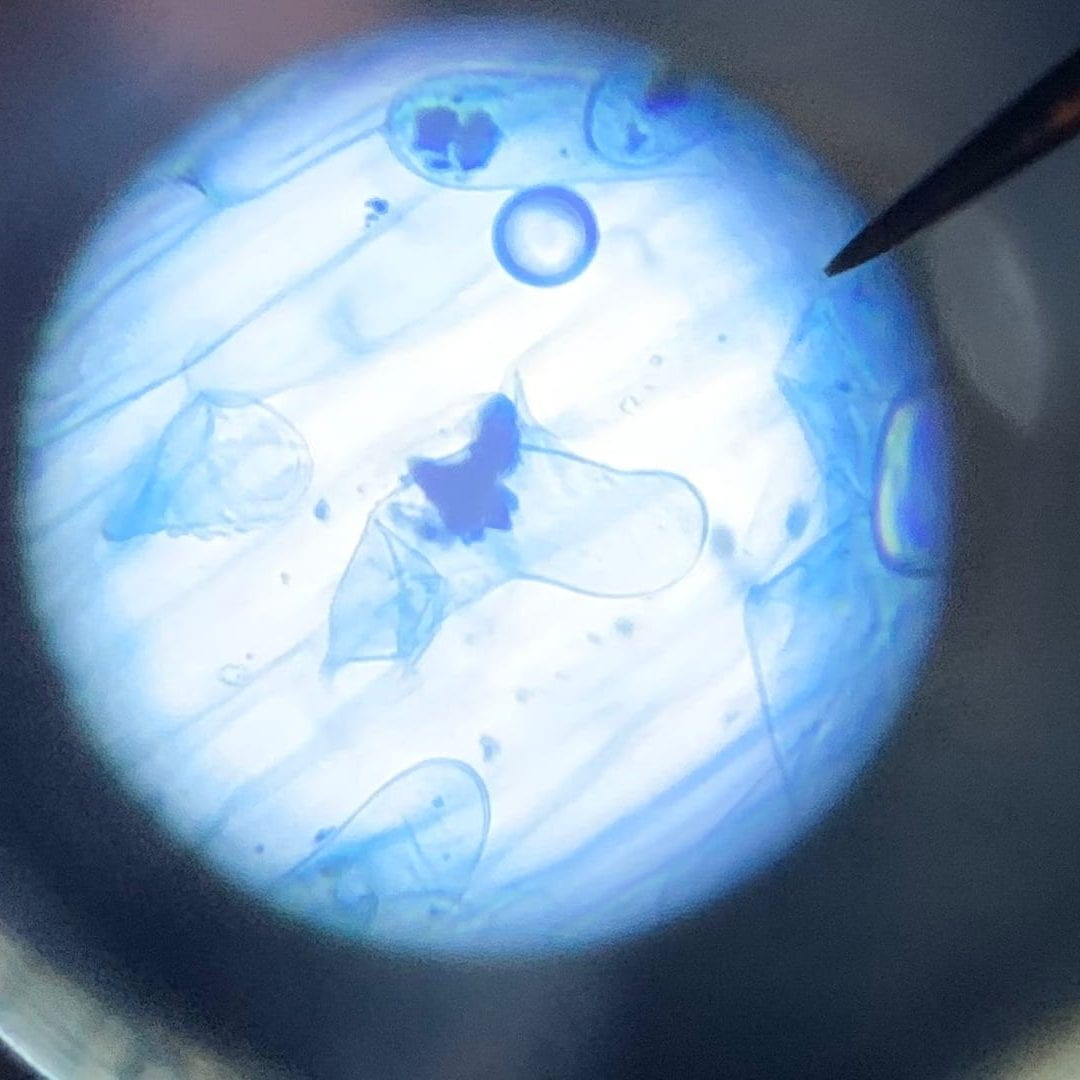hEYYY GUYS, WELCOME BACK TO ANOTHER BLOG POST! IT’S YO GUY HERE, PAIN-IN-THE-BRAIN. (Nickname courtesy of Fraser.)
Recently, in Scimatics, our class has been the poor victims of a rather disturbing topic, otherwise known as REPRODUCTION. Imagine learning about reproduction, making videos about reproduction, then watching over twenty videos about reproduction that your classmates made.
Enough said.
What are the similarities and differences between meiosis and mitosis?
When our few weeks of learning first began, I had absolutely no clue what meiosis nor mitosis was. Luckily (more like unfortunately), my lack of knowledge wasn’t for long.
Our class watched a video titled “Life’s Greatest Miracle“… which could otherwise be described as “Life’s Greatest Form of Mental Torture”. It was chaotic, to say the least. Mildly disturbing.
Despite the trials and tribulations I have evidently faced throughout the duration of this project, I am proud to say, I excelled regardless; particularly due to my sheer awesomeness at garlic parenting.
Anyways, since this is Scimatics, we of course had to complete some workbook pages as a ritual form of tortur- I MEAN LEARNING. You can see some of mine here:
In order to create 3D models of Mitosis and Meiosis through TinkerCad… we first had to learn how to use TinkerCad. Here are some cool tutorials I completed:
However, if I’m being honest, I didn’t actually learn much from the tutorials… and the real TinkerCad tips were passed down to me by my dear friend, Sir Nolan.
After I became practically a professional and adept at using TinkerCad, I went forward and created my Meiosis and Mitosis models. It took a LOT of revision, nagging Nolan, and tinkering obsessively… but I managed to succeed in the end!
Mitosis Models:
Meiosis Models:


Earlier in the project, after watching the video, “Life’s Greatest Miracle”, I had sworn to myself I would never have children. However, that promise did not last for long. I ended up having a garlic child with my friend, Fraser. We named them Alfarlic/Garlfred, a tribute to our dear friend, Alfred. Alfarlic was asexually reproduced using mitosis… in other words, we propagated him from a larger piece of garlic.

Then, with the help of Fraser, my accomplice, we murdered our garlic children in order to view their lovely cells under a microscope. (Here are their remains.)
However, we had difficulty discerning the stages of meiosis using the photos we took of Alfarlic. Luckily, Mr. Harris provided us with professionally made onion slides so that we could properly take some photos.
With the tragic memories of murder still deeply rooted inside my mind (see what I did there?), I took a cool Khan Academy Knowledge test to show how informed I am on this lovely topic of reproduction… and also to further my understanding.
THEEEEEEN, I compiled my MODELS and my DEAD GARLIC CHILDREN into an AMAZING video, which you can watch here:
While my video was being presented to the class, it kept glitching which led to my usual awkward stuttering to sound even worse. (Which I hadn’t known was possible.) Luckily, I survived in the end.
Now this is where I talk about the boring part – also known as the only part for which we’re supposed to be writing this blog posts: COMPETENCIES. Well, you see here, the competencies were:
- Questioning and Predicting: Demonstrate a sustained intellectual curiosity about a scientific topic or problem of personal interest
I think I absolutely nailed this competency. Admittedly, I had a tendency to get distracted while talking to my co-garlic parent, Fraser, though I am honestly really proud of myself since I was a lot more productive during class time than I usually am. (2 hour long classes really are a drag.)
- Planning and Conducting: Collaboratively and individually plan, select, and use appropriate investigation methods, including field work and lab experiments, to collect reliable data (qualitative and quantitative).
Anywayssssssssssssss, I think my co-garlic parent, Fraser, and I did well on this competency too. Fraser helped me a lot when it came to mutilating our garlic children and taking photos of their dead remains under a microscope. I like to think we’re wonderful garlic parents. However, when it came to presenting this competency in my video, I think I could have done better describing the process that went into collecting the photos of our garlic slides.
- Scientific Communication: Formulate physical or mental theoretical models to describe a phenomenon.
Wowie, this is where I created my lovely amazing so super cool video video! Yaaay! I think I did pretty well on this, though admittedly, I only scratched the surface of my understanding – and I definitely could have done better. There were some details about meiosis that I didn’t fully explain, and there definitely were some aspects I could have discussed in a more detailed manner. Nonetheless, I am glad I didn’t exert myself too much and stress myself out in the making of my video.

Well, to summarize, they are both methods of cell division. However, mitosis results in 2 cells and meiosis results in 4. Mitosis is asexual reproduction, meaning meiosis is sexual reproduction. Finally, mitosis results in identical daughter cells, meanwhile meiosis results in varied daughter cells. THE END.









































Leave a Reply